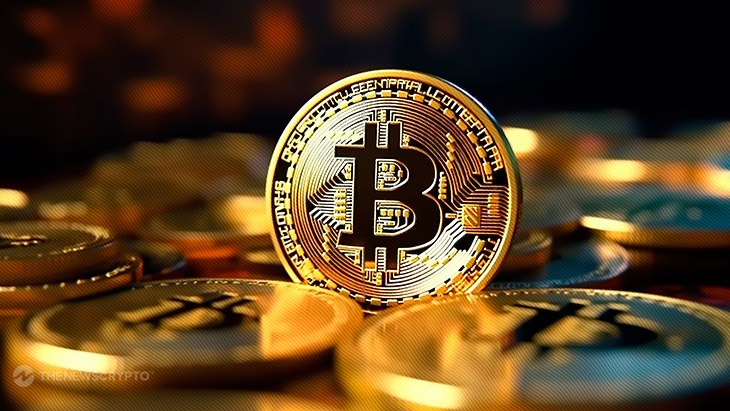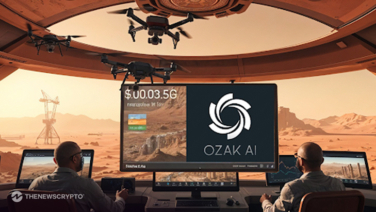Environmental organizations have long criticized Bitcoin and its proof-of-work system for using too much energy. With the use of an Ethereum Virtual Machine (EVM) and a mobile treasure hunt based on NFT that coincides with the mainnet launch, the new Bitcoin layer-2 staking network Social Network seeks to alter this.
Social Network, a network for earning staking rewards rather than a “social network” in the Facebook/Twitter-like meaning of the word, claims its goals are more socially helpful, even if some Bitcoin enthusiasts would leap at the opportunity to acquire another digital collectible.
Earth Wallet founder, CEO and Core Contributor to Social Network Sukhveer Sanghera, stated in an interview:
“Social Network is one of the projects we’re contributing to the most right now, which is trying to create a new decentralized social network incentive system that essentially makes social networks a public good again—and less about making private companies a lot of money.”
With a launch date of April 22, Social Network was created in collaboration with Earth Wallet, a self-custody platform for Ethereum and Bitcoin, with the goal of improving Bitcoin transactions, cutting costs, increasing network energy efficiency, and encouraging cryptocurrency users to spend more time outside into the nature.
Sanghera said:
“Essentially, the way you can become a part of Social Network and this movement that we’re hoping to create is by going and touching grass. So, you can download Earth Wallet today, and it will route you to your closest park where you can catch a Regens character and you can become a part of this fair launch”, he said, likening the project to Niantic Labs’ wildly popular Pokémon Go.
According to Sanghera, users of the Earth Wallet app would see a “touch grass” option when they visit a park. When users tap this button, the app enters an augmented reality (AR) mode that displays NFT characters unique to a certain location, which they may try to capture by tapping and holding. Furthermore, the distribution of these NFTs differs depending on the population density and energy use in various nations or regions.
Sanghera, who has a degree in aerospace engineering, said that after seeing how much energy was required to be a productive Dogecoin miner in 2014, he became aware of the need for an ecologically friendly cryptocurrency.
He further added:
“It’s still a problem today that we’re still using a ton of energy for things that could be used elsewhere.”
Underpinning Social Network is the eBTC token used for staking rewards paid out from layer-2 transaction fees. Sanghera claims that Social Network recently finished launching 369 Regents on Bitcoin block 9. The fact that Satoshi Nakamoto mined Block 9 in 2009 makes it noteworthy. According to Sanghera, maintaining this difference is crucial to keeping the Social Network as a decentralized, leaderless movement and the protocol consistent with its basic goals and principles.
On April 1, Social Network granted early access to 10,000 testnet contributors and 369 Bitcoin Regen holders for the debut of its worldwide fair. On April 14, it will be opne for the public.
Sanghera said he understood why some members of the Bitcoin community felt that the widely used digital collectibles protocol is not the optimal use of the Bitcoin blockchain, despite the fact that Regens uses the Ordinal inscription process. As far as certain Bitcoin maxis are concerned, some inscriptions on the network are considered spam.
Sanghera added:
“They have valid concerns about Bitcoin Ordinals; I think the software is poorly architected. I agree bringing media on Bitcoin is good; it adds more utility and use cases, but the architecture of Ordinals is spamming Bitcoin nodes. There’s better ways to do it, and that’s what we’re solving with Social Network.”
According to Sanghera, Social Network aims to support fair distribution around the world and reaffirm the project’s dedication to integrating technology with more healthful online incentives. Sanghera concedes that it will be difficult to persuade Bitcoin advocates to accept an Ethereum-based solution.
He stated:
“I think maximalists are a little bit toxic to society in general. If they want to see Bitcoin become a global monetary system, then they need to open their eyes and look at the world and the problems that the world has—and try to solve some of the societal issues that are going on. Because money is just a tool that we use to build a better society.”
Sanghera has immense admiration for the creators of Bitcoin Core despite this, and is hopeful that eco-aware Bitcoin users would see the benefits of what the Social Network and Earth Wallet are trying to do and join the cause.
Sanghera said:
“Bitcoin is supposed to be the future of money. And for that to be true, it needs to be beneficial to all of society, not just a small subset of finance people.”








